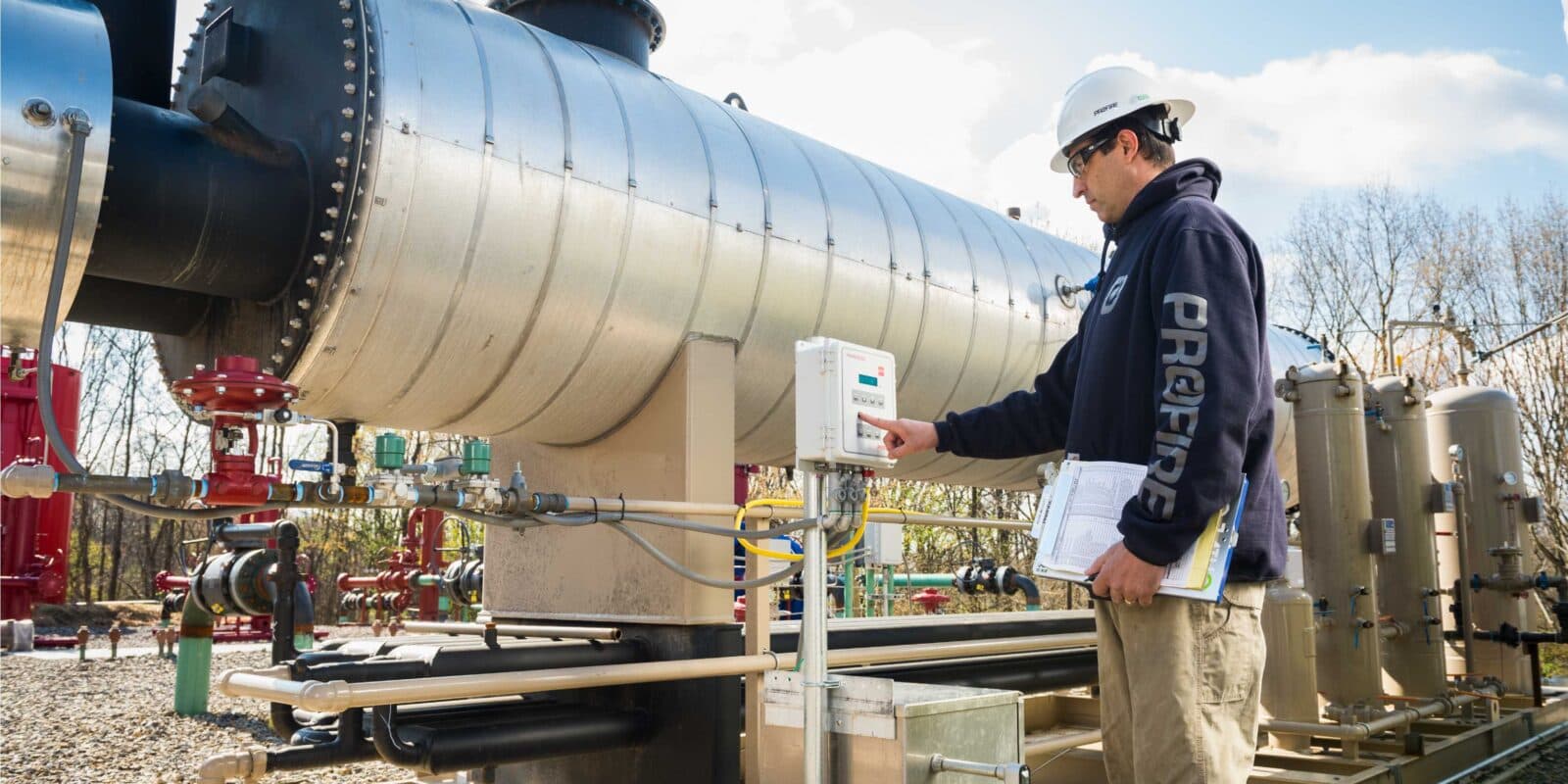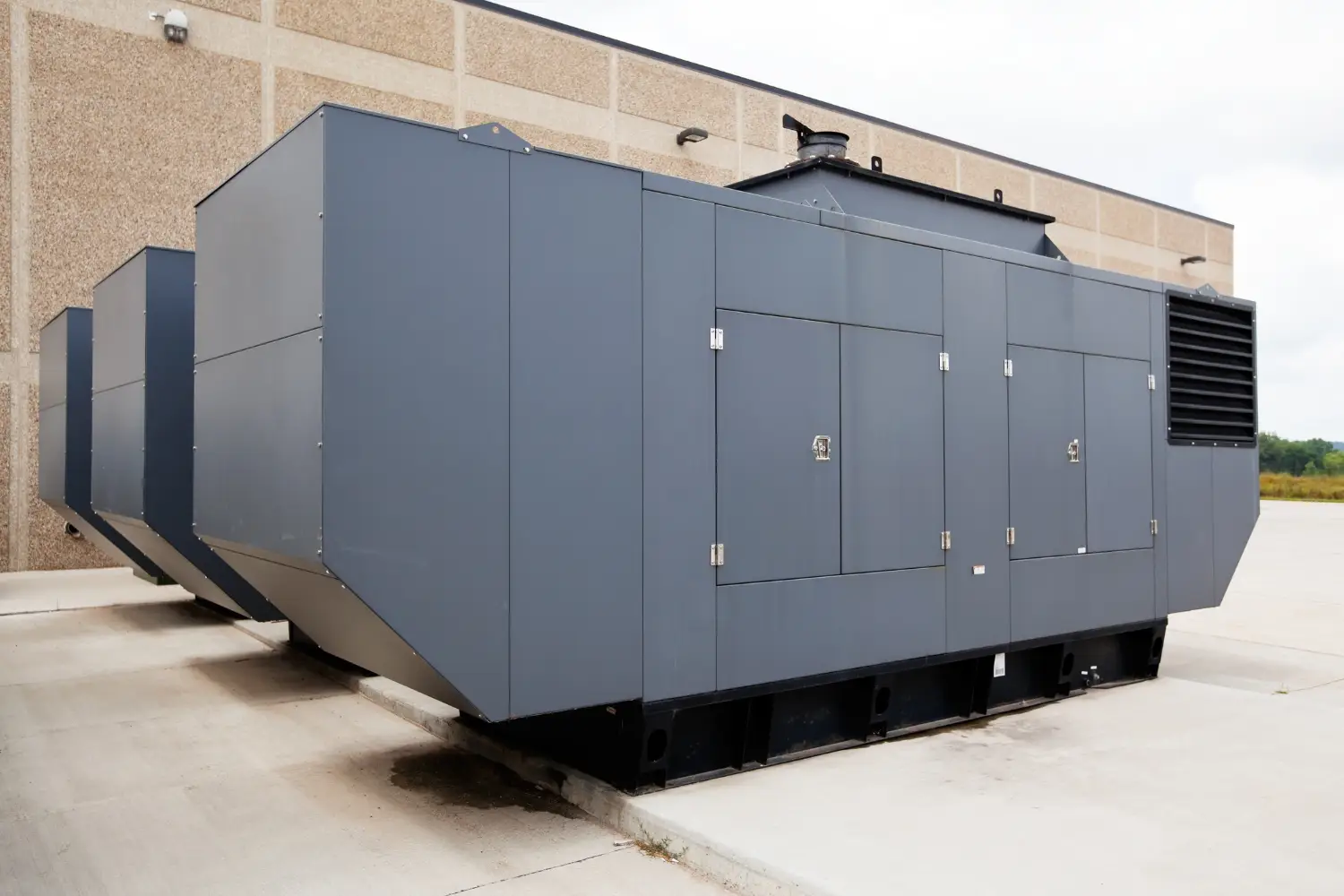Industrial Maintenance: What It Is and How It Helps Prevent Accidents
Concept and Importance of Industrial Maintenance
Definition of Industrial Maintenance
Industrial maintenance refers to the set of technical and administrative practices aimed at preserving or restoring the functionality of industrial machines, equipment, and facilities. Its objective is to ensure availability, reliability, and safety of productive assets, minimizing unplanned downtime and preventing failures that could compromise operations.
Strategic Role of Maintenance in Industries
Beyond ensuring production continuity, industrial maintenance is a strategic ally for business competitiveness. It directly impacts operational cost reduction, equipment lifespan extension, and most importantly, risk mitigation of workplace accidents—protecting both human and material assets.
Types of Maintenance in Industry
Preventive Maintenance: Scheduled actions based on time or usage to avoid failures.
Predictive Maintenance: Continuous condition monitoring to anticipate the need for intervention.
Corrective Maintenance: Repairs performed after a failure occurs.
How Industrial Maintenance Contributes to Accident Prevention
Identification and Correction of Incipient Failures
Effective maintenance programs allow early detection of wear, cracks, abnormal vibrations, and overheating—issues that could otherwise lead to severe accidents such as explosions, fires, or structural collapses.
Practical Example
Periodic inspection of safety valves in boilers prevents overpressure and potentially catastrophic explosions.
Ensuring Safe Equipment Operation
Equipment operating outside technical parameters pose significant risks to workers. Maintenance ensures that safety systems like emergency stop sensors, alarms, and containment devices are always fully operational.
Detailed Actions
Periodic testing of automatic cut-off devices.
Calibration of temperature and pressure sensors.
Reduction of Exposure to Hazardous Conditions
Preventive maintenance reduces the need for emergency interventions, which often occur in hostile environments or under improvised conditions, increasing accident risks.
Typical Scenario
A critical motor failing unexpectedly may require urgent repair in hard-to-reach areas, exposing technicians to danger.
Key Maintenance Practices to Prevent Accidents
Development of Structured Maintenance Plans
A well-crafted maintenance plan clearly defines inspection routines, service intervals, and responsibilities, ensuring traceability and operational discipline.
Components of a Good Maintenance Plan
Asset registry
Intervention history
Criticality-based inspection checklists
Ongoing Training for Maintenance Teams
Technicians must receive ongoing training to recognize failure signs, follow correct procedures, and apply safe practices during interventions.
Examples of Essential Training
NR-10 (Electrical Safety Regulations)
Predictive analysis techniques (vibration, thermography)
Regular Safety Inspections
Beyond routine maintenance, specific inspections should be conducted to check PPE conditions, signage, and energy isolation devices (LOTO – Lockout/Tagout).
Specific Actions
Functional testing of audible and visual alarms
Verification of valve and breaker lockout devices
Consequences of Neglecting Industrial Maintenance
Increased Risk of Serious Accidents
Lack of proper maintenance is among the main causes of industrial accidents, leading to injuries, amputations, chemical burns, and fatal explosions.
Financial and Reputational Impact
Accidents may result in fines, lawsuits, production halts, contract losses, reputational damage, or even plant closures.
Financial Indicators
A serious accident can cost millions in legal liabilities.
Insurers increase policy premiums after incidents linked to maintenance failures.
Legal and Regulatory Sanctions
Standards such as NR-12 require companies to keep equipment in safe operating conditions. Non-compliance can lead to shutdowns, bans, and legal actions.
Industrial Maintenance as a Pillar of Safety and Efficiency
Industrial maintenance goes beyond asset preservation—it is a strategic pillar of safety, productivity, and sustainability. Implementing robust preventive, predictive, and corrective programs significantly reduces workplace accidents, protects lives, preserves valuable assets, and ensures legal compliance. Investing in maintenance means investing in a safe and competitive industrial future.
Discover our products.





